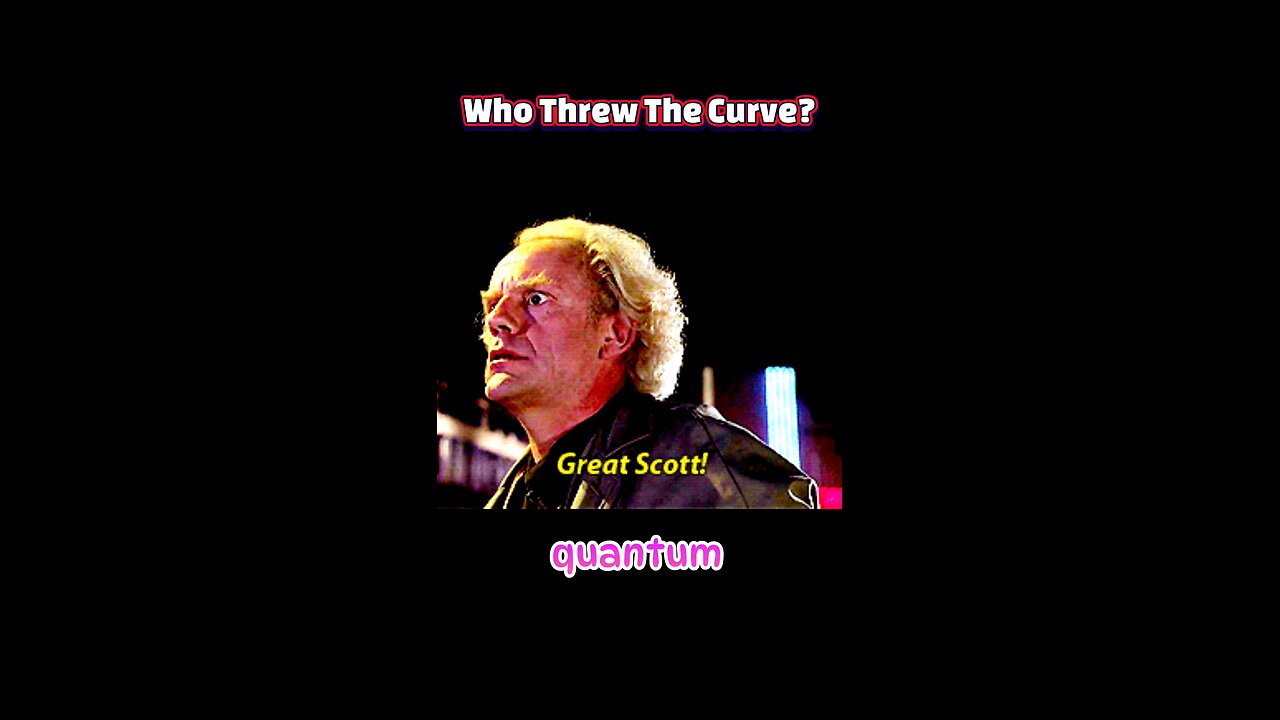Premium Only Content

The Triple Time Theory: Is Our Universe Built on Three Temporal Dimensions?
#TripleTimeTheory #ThreeDimensionsOfTime #QuantumGravity #Spacetime #Cosmology #Physics #NewResearch
What if time isn’t just a single arrow but a multidimensional tapestry? New research suggests the Universe may host not one, but three distinct dimensions of time. Here’s how this radical idea unfolds
We’ve always pictured spacetime as 3 spatial dimensions plus 1 time dimension—an unbreakable stage set by Einstein’s relativity. That lone time axis gives us past, present, and future. But some puzzles—like quantum gravity’s marriage between the very large and the very small—hint this picture might be incomplete.
Enter Dr. Jane Doe and her team’s paper in Physical Review Letters. They propose a signature shift: instead of a (3 space, 1 time) manifold, our Universe could be a (3 space, 3 time) manifold. Mathematically, this means two extra time‐like directions woven orthogonally into the cosmic fabric.
Why three times? The researchers argue that additional time dimensions can elegantly absorb infinities plaguing quantum field theories. Path integrals over multiple time axes tame divergences, providing a natural regulator for calculations that otherwise blow up at Planck scales.
In this framework, every event isn’t pinned along a single timeline but sits at an intersection of three temporal coordinates. One dimension drives classical causality, while the others encode quantum correlations and memory. Together they form a richer “chrono‐space” geometry.
Physically, extra time dims could underlie quantum entanglement. Rather than spooky action at a distance, entangled particles share hidden pathways through the unseen time axes. Information transfer becomes an echo across temporal corridors rather than a mysterious nonlocal leap.
Observable signatures might lurk in the cosmic microwave background. Tiny anisotropies—currently attributed to inflationary quirks—could instead be imprints of fluctuations in the hidden time dimensions. Likewise, gravitational wave patterns might carry subtle phase shifts that betray extra temporal structure.
Skeptics raise red flags: multiple time dims risk causality violations and paradoxes. The team counters that only one “external” time governs macroscopic causality; the other two are compactified or operate at quantum scales, inaccessible to everyday clocks.
Looking ahead, this proposal demands new tests. Tabletop quantum experiments probing temporal coherence, next‐gen CMB mapping, and refined gravitational wave detectors could all seek anomalies predicted by a tri‐temporal cosmos. If confirmed, we’ll rewrite not only physics textbooks but our very experience of reality.
-
 LIVE
LIVE
GritsGG
2 hours agoRumble Customs! 3515 Ws! 🫡!
162 watching -
 LIVE
LIVE
Wendy Bell Radio
5 hours agoThe Party Of Workers
7,701 watching -
 LIVE
LIVE
LFA TV
4 hours agoLFA TV ALL DAY STREAM - TUESDAY 9/2/25
4,850 watching -
 5:15:18
5:15:18
Times Now World
8 hours agoLIVE | Xi and Putin Unite in Beijing For China's Military Day Parade & WW2 Victory Day
10.1K -
 1:27:10
1:27:10
JULIE GREEN MINISTRIES
4 hours agoBIGGER SECRETS ARE COMING THAT WILL TAKE OUT YOUR ENEMIES
104K211 -
 3:56:19
3:56:19
The Bubba Army
5 days agoChicago BloodBath! 54 Shot, 7 Dead- Bubba the Love Sponge® Show | 9/02/25
111K15 -
 2:01:30
2:01:30
BEK TV
4 days agoTrent Loos in the Morning - 9/2/2025
32.2K1 -
 10:47
10:47
Nikko Ortiz
20 hours ago15 Seconds Of Fame Gone WRONG...
150K17 -
 14:47
14:47
GritsGG
1 day agoRumble Tournament Dubular! Rebirth Island Custom Tournament!
102K5 -
 1:36:05
1:36:05
Side Scrollers Podcast
23 hours agoStreamer ATTACKS Men Then Cries Victim + Pronoun Rant Anniversary + More | Side Scrollers
108K23